On 7 December it will be 82 years since the skies over the naval base at Pearl Harbor filled with more than 350 Japanese fighter planes and bombers. During the attack that followed, the Japanese strike force destroyed or damaged twenty ships and two hundred aircraft and inflicted 3,500 casualties. Starting in December 1939 the U.S. military had begun to use an Aircraft Warning Service. It was called the SCR-270 and it became U.S. Army‘s primary long-distance radar throughout World War II. Its use at Pearl Harbor was the first use of radar in a combat situation. The system deployed on Oahu included five mobile radar sites scattered around the island including one at the Opana Point site, 532 feet above sea level with a view of the Pacific Ocean. Tests of the system had been judged successful, showing that the technology worked, but it did not guarantee that data from the radars would be interpreted correctly or that data obtained would be communicated accurately. So, by December 1941, the pieces were in place, but integration had not yet occurred.
The SR-270s had the capability of detecting enemy aircraft out to a range of 130 miles. The Oahu sites were operated by the Army Signal Corps for a limited training purpose period.. No functional communications system had been established. At one point the operators at one site were instructed to phone in reports from a gas station a few hundred yards away from their site. Communications gradually improved, but the reporting chain did not.
At 0400 on 7 December Privates Lockard and Elliott were operating the SCR-270 unit at the Opana site. Lockard was the primary radar station operator, but this was his first assignment as an operator. Elliott was only an apprentice operator. Lockard and Elliot were assigned to operate the radar site from 0400 to 0700. The two, however, decided to keep their radar turned on to obtain additional training as the truck taking them to breakfast was late. At 0702 Elliot saw a massive formation of aircraft on the oscilloscope. Lockard considered it highly unusual to see that many planes on the screen.
Private McDonald was the switchboard operator located in the Information Center at Fort Shafter on Oahu. The Center was loosely connected with the five radar sites on Oahu. McDonald started his shift at 1700 on 6 December. The plotters entered the Information Center at 0400 for their three-hour shift and left at 0700 for breakfast. Lieutenant Tyler, an Army pilot. was assigned as the Center’s Officer In Charge. He had been assigned with little or no training, no supervision, and no staff with which to work. 7 December was his second day on the job.
Elliot called the Center and informed McDonald of “Large number of planes coming in from the north, three points east”. McDonald saw Tyler, the Duty Officer and informed him of Elliot’s call. Tyler downplayed the report as he knew that B-17 bombers from the west coast of the U.S. typically arrived around 0800. He decided that this explained the blip Elliott and Lockard had observed and responded, “Don’t worry about it.” McDonald called the Opana site back and relayed Tyler’s response. Lockard again warned MacDonald that many aircraft covered the screen and were headed towards Oahu. McDonald advised Tyler again of Lockard’s urgency. Tyler again replied that it was likely a formation of B-17s and again responded, “Don’t worry about it.”
Still believing Lockard’s report, McDonald thought that he should contact supervisors anyway. However, he was concerned that he would be court-martialed for circumventing Tyler. At 0745 McDonald’s shift replacement arrived and he left the Center. Lockard and Elliot tracked the planes from 0702 until the signal was lost at 0740 due to background interference from the echo created by the surrounding mountains. At 0745 Lockard and Elliot switched off their radar to go to breakfast.
After the attack, McDonald was interviewed by investigating authorities and they told him that his warning to Tyler had been urgent and historic. McDonald was praised, noting that had Tyler informed the Fighter Wing at Wheeler Field, it might have been able to get airborne to intercept and reduce the impact of the attack. That conclusion is, however, questionable.
A 1942 Naval Board of Inquiry found that Tyler had been assigned to the Center with insufficient training, supervision and staff. Tyler was subsequently cleared of all wrongdoing.
General Short, the US Army commander on Hawaii, said during the investigations that he thought the new radar installation was “for training more than any idea that it would be real.” He was relieved of his command and demoted one rank.
Clearly the SCR-270 operated as designed, but the data it generated was not handled properly. The operators did not say that the display was a formation of more than 50 planes, which may have changed Tyler’s reaction. Even if the early warning had been recognized and effectively communicated, it is doubtful it would have made a difference in the ultimate outcome of the attack. The Japanese had sent an overwhelming force that even a perfectly functioning radar system might not have been successful in thwarting.










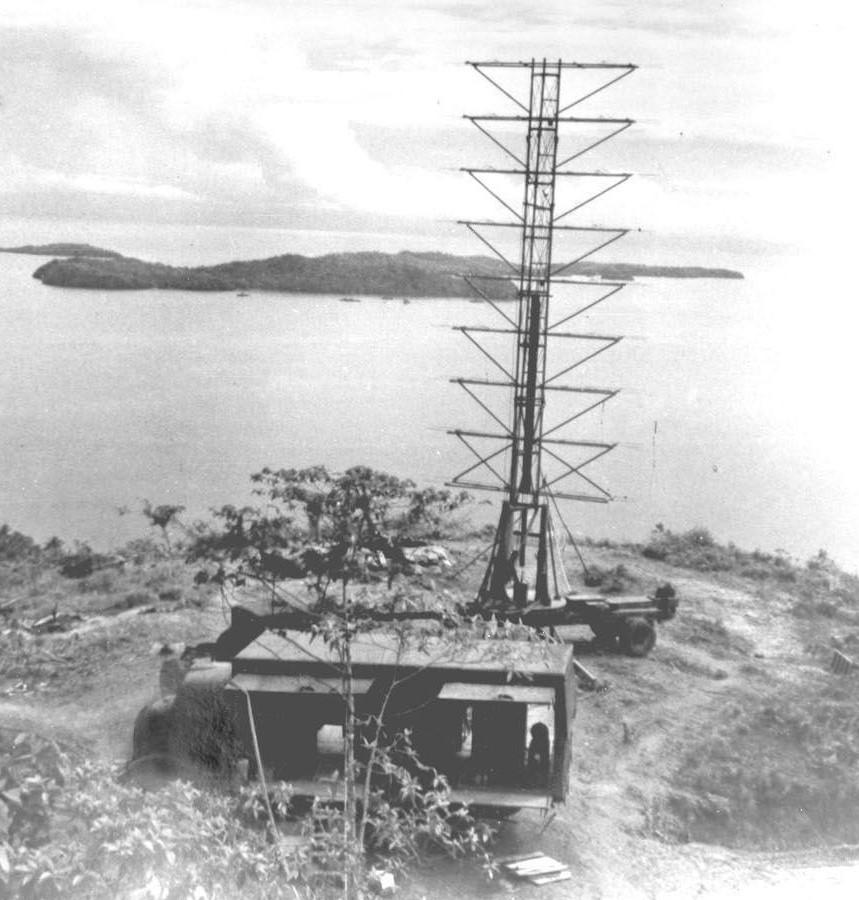


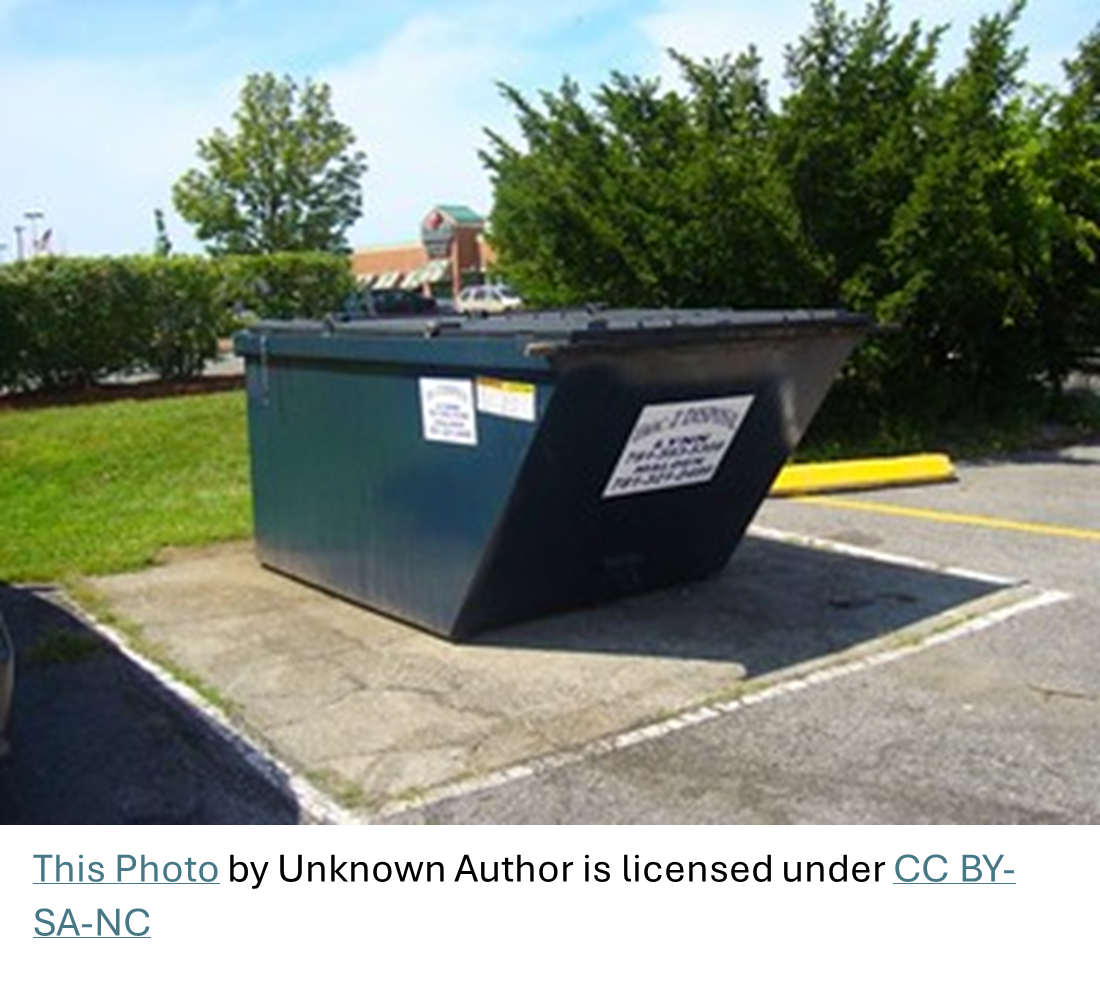

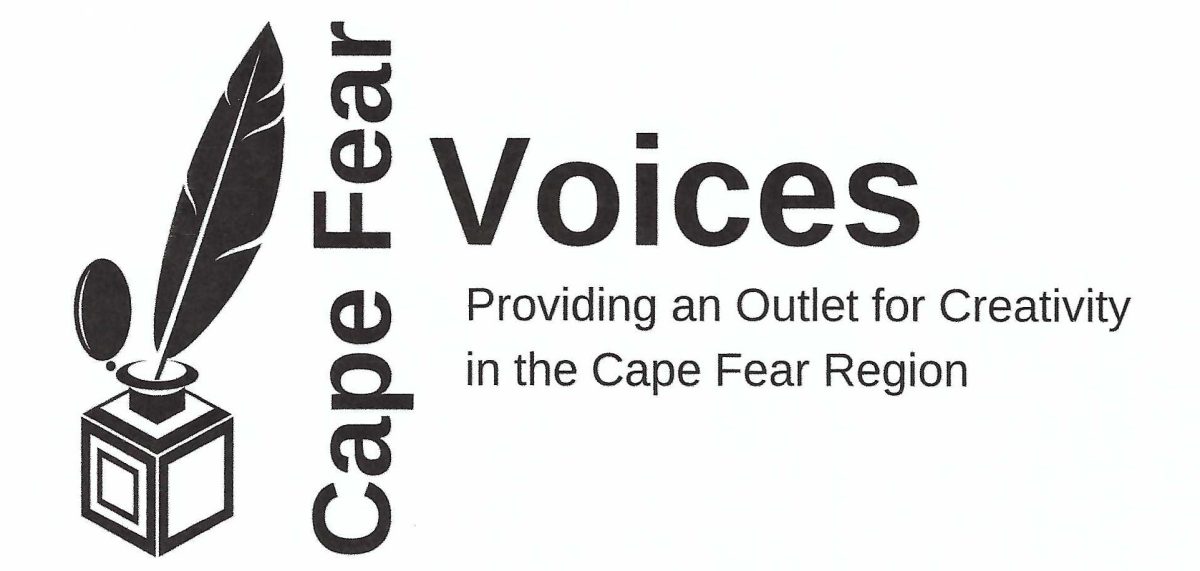

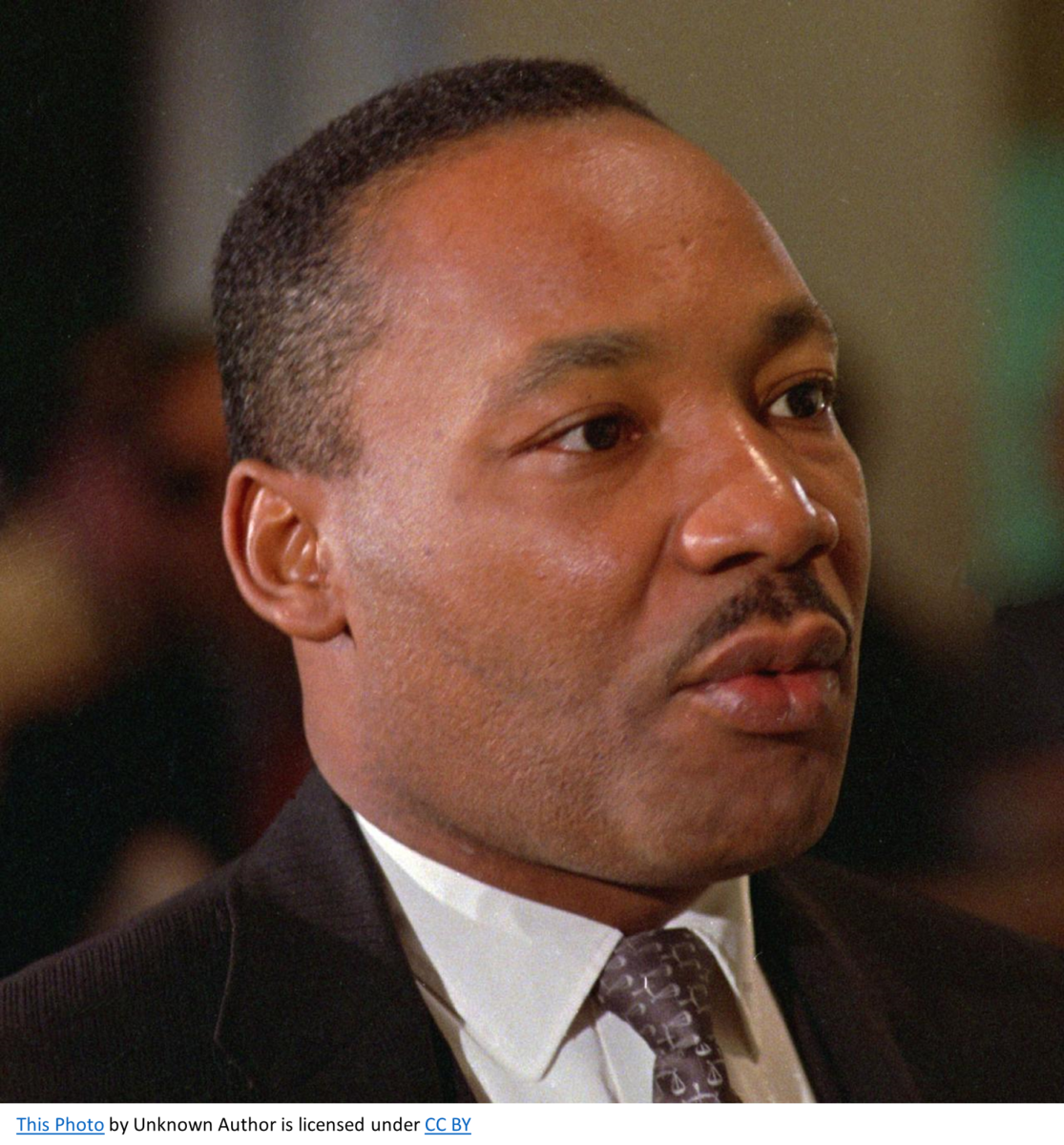


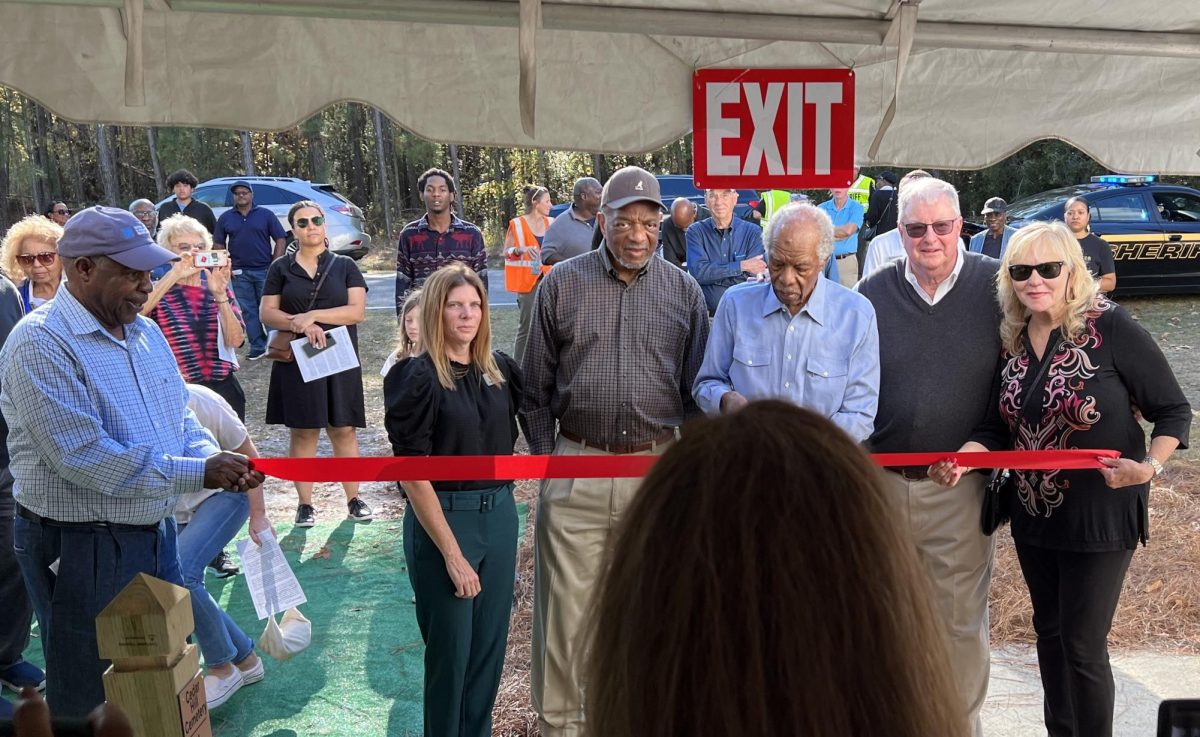
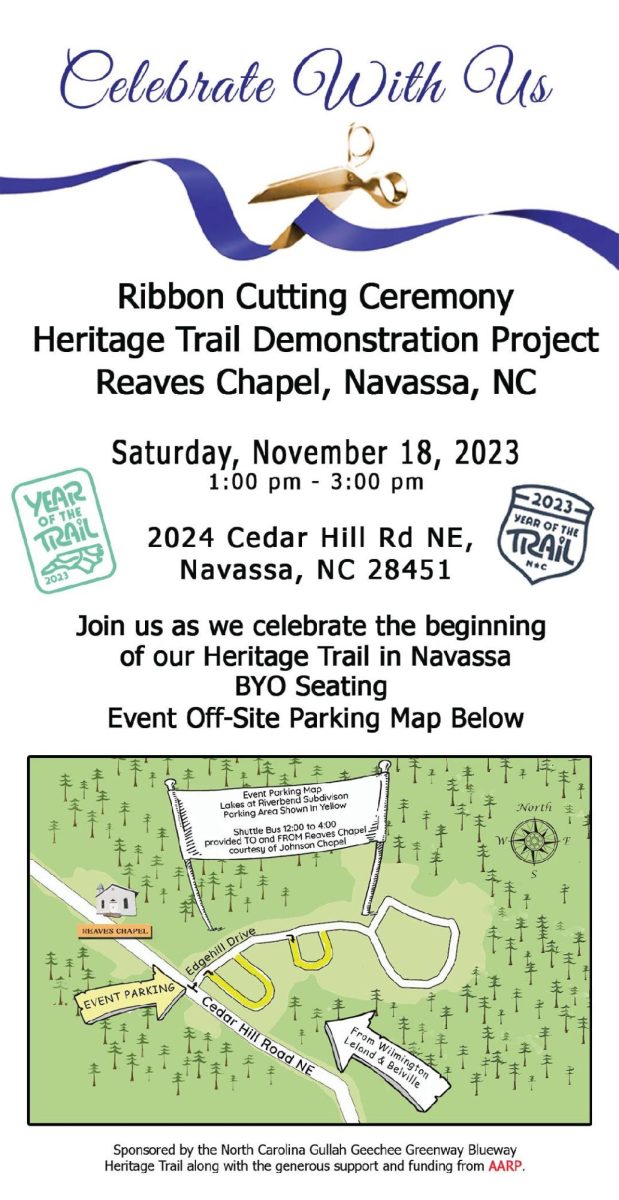









Chuck Bins • Dec 8, 2023 at 9:43 pm
Thanks for your reporting. I did not know this story. It seems to me that if they had actually given a rough count of the blips, then it would be less likely to have been misinterpreted as B-17s. To me, this demonstrates the importance of accurate communications and details in the outcome of historical events.